Idea by
Maša Cvetko, Ana Grk, Alenka Korenjak, Zala Velkavrh
prostoRož
Call for ideas 2016
The Everyday Show
The Everyday Show
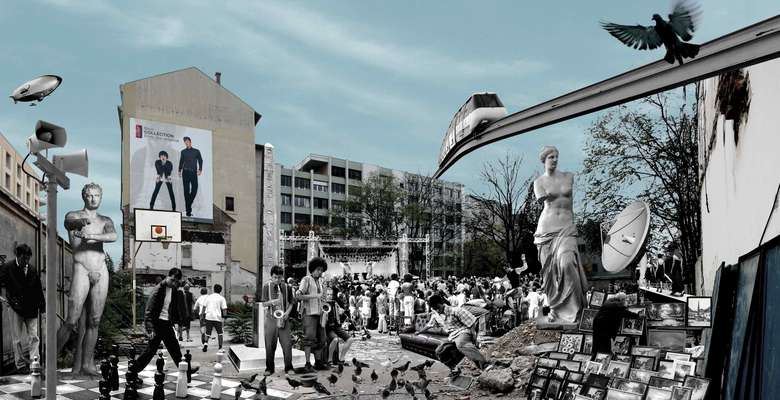
The design of public spaces, the key building blocks of the urban environment, is consistently referencing the idea of public life that is becoming lost in contemporary cities. While the question of whether such ideal public life ever existed remains open, architects find it difficult to ensure and advocate mundane, common-sense uses such as eating, resting, playing, and even walking in the new designs and visions of public space. Will we really need to turn towards the big, the bold and the spectacular to enable everyday activities? Will we have to organize an event every time we will want people to use the public space? While the designs are becoming bolder and wilder, the actual problems architects need to solve are becoming more and more banal. The only things that can be taken for granted are bureaucratic requirements and restrictions. The advocates of public space will need to rethink the relationship between what is required and what public spaces are (and will be) designed for.
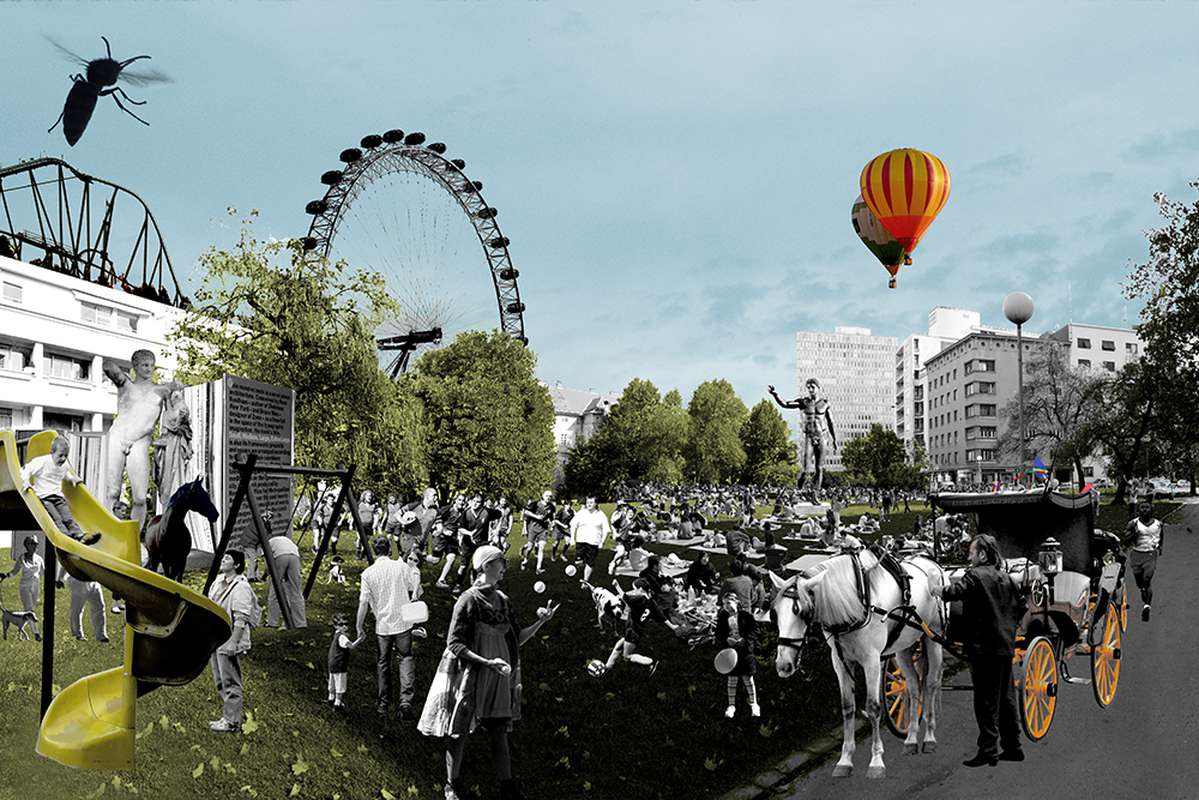
1. Utopian public space. The return of public life to public spaces almost inevitably involves eventification and spectacle. Is there another way? (image: Miha Žargi)
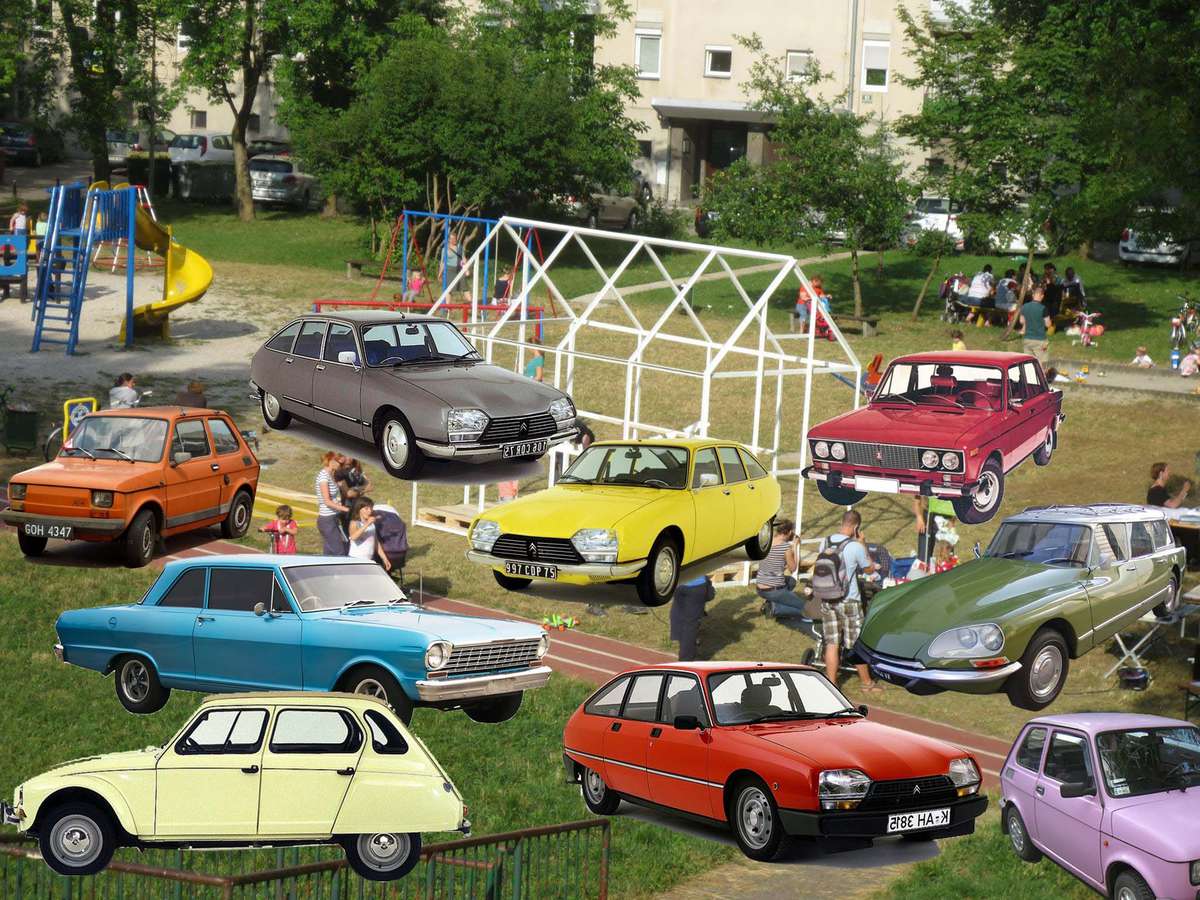
2. Dystopian public space. If we would design the public space according to stiff bureaucratic requirements (one car per apartment!) we would need to run over the needs of other users.
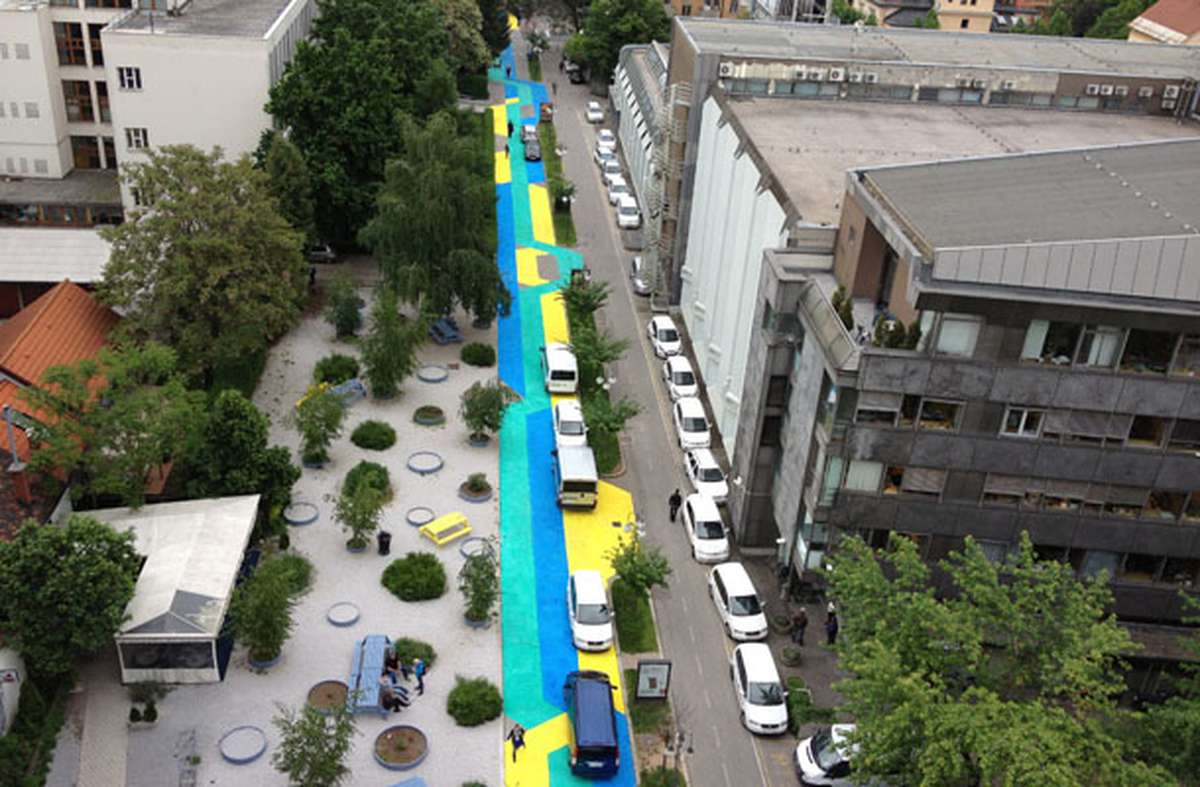
3. What would the city look like if we would need to paint every street yellow, blue and green just to communicate pedestrian, kids-friendly space?
The Everyday Show
The Everyday Show

The design of public spaces, the key building blocks of the urban environment, is consistently referencing the idea of public life that is becoming lost in contemporary cities. While the question of whether such ideal public life ever existed remains open, architects find it difficult to ensure and advocate mundane, common-sense uses such as eating, resting, playing, and even walking in the new designs and visions of public space. Will we really need to turn towards the big, the bold and the spectacular to enable everyday activities? Will we have to organize an event every time we will want people to use the public space? While the designs are becoming bolder and wilder, the actual problems architects need to solve are becoming more and more banal. The only things that can be taken for granted are bureaucratic requirements and restrictions. The advocates of public space will need to rethink the relationship between what is required and what public spaces are (and will be) designed for.
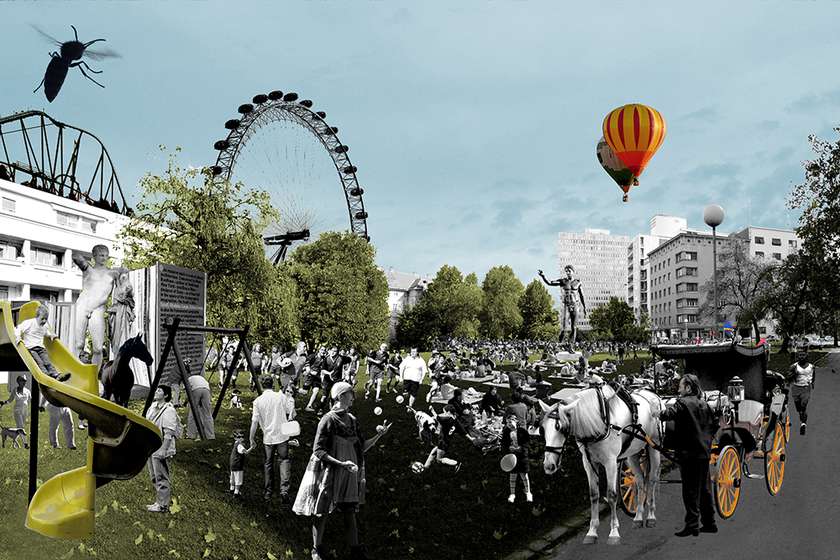
1. Utopian public space. The return of public life to public spaces almost inevitably involves eventification and spectacle. Is there another way? (image: Miha Žargi)
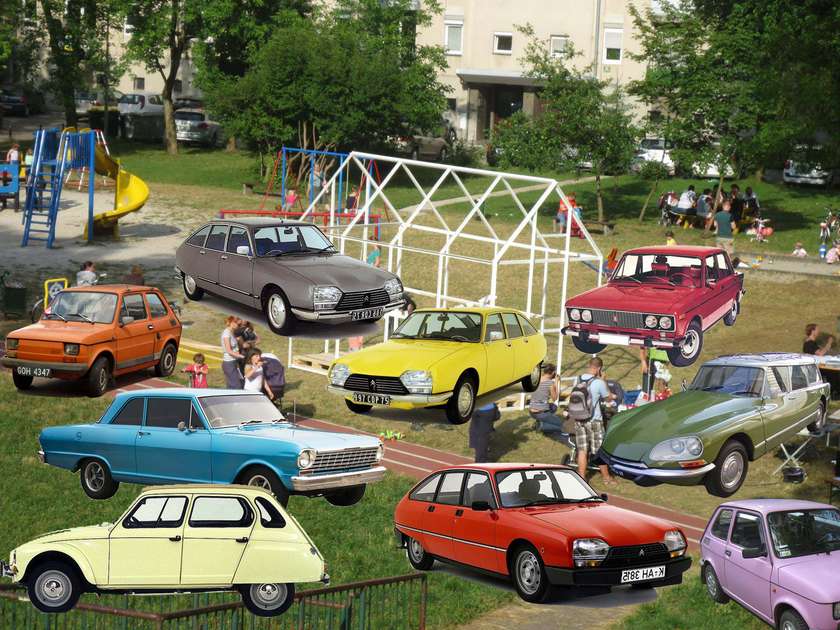
2. Dystopian public space. If we would design the public space according to stiff bureaucratic requirements (one car per apartment!) we would need to run over the needs of other users.
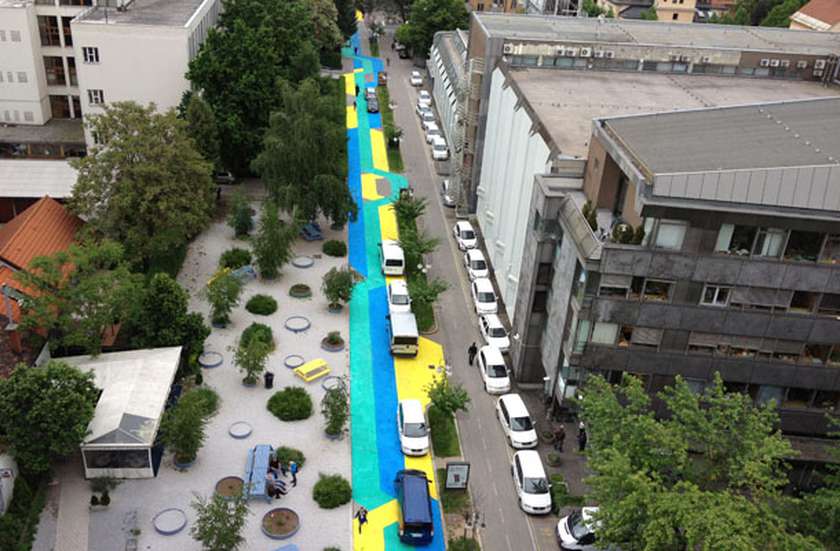
3. What would the city look like if we would need to paint every street yellow, blue and green just to communicate pedestrian, kids-friendly space?